The Science Behind Aging Meat: Unlocking Flavor and Tenderness
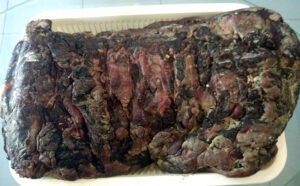 Aging meat is a practice that has been followed for centuries, with the aim of enhancing the flavor and tenderness of meat. It involves allowing meat to rest under controlled conditions, either through dry aging or wet aging. But have you ever wondered what exactly happens during the aging process? In this blog post, we will delve into the science behind aging meat and explore how it transforms a regular cut into a culinary masterpiece.
Aging meat is a practice that has been followed for centuries, with the aim of enhancing the flavor and tenderness of meat. It involves allowing meat to rest under controlled conditions, either through dry aging or wet aging. But have you ever wondered what exactly happens during the aging process? In this blog post, we will delve into the science behind aging meat and explore how it transforms a regular cut into a culinary masterpiece.
The Basics of Meat Aging:
Meat aging is a process that involves enzymatic and biochemical reactions in the muscle fibers. These reactions occur naturally, but the aging process helps to control and optimize them. The two primary methods of aging meat are dry aging and wet aging, each with its own unique characteristics.
Dry Aging:
Dry aging is the traditional and time-consuming method of aging meat. During dry aging, the meat is stored in a controlled environment with specific temperature, humidity, and air circulation. The key element of dry aging is the exposure of meat to air, allowing it to lose moisture slowly.
During this process, several changes take place. Firstly, moisture loss leads to a concentration of flavors, intensifying the taste of the meat. Secondly, the enzymes naturally present in the meat break down the proteins, resulting in tenderizing and softening of the muscle fibers. Lastly, the natural bacteria on the meat’s surface interact with the meat, developing unique and complex flavors.
Wet Aging:
Wet aging is a relatively modern method of aging meat, where the meat is vacuum-sealed and stored in a controlled environment. This method prevents moisture loss and offers convenience in terms of space and time. While wet aging does not provide the same concentration of flavors as dry aging, it still contributes to the tenderization process.
In wet aging, the meat is allowed to rest in its own juices, which contain natural enzymes. These enzymes work gradually to break down collagen, a tough connective tissue, resulting in increased tenderness. Wet aging is often favored for its convenience and ability to maintain the meat’s moisture content.
The Role of Enzymes:
Enzymes play a vital role in the aging process of meat. Two key enzymes involved are proteases and collagenases. Proteases break down proteins, making the meat more tender, while collagenases target collagen, which is responsible for toughness in meat. The presence of these enzymes, along with the controlled conditions of aging, facilitates the natural tenderizing process.
Time and Temperature:
The duration of meat aging depends on personal preference, desired flavors, and the specific type of meat. Dry aging typically takes several weeks, while wet aging can be done within a few days to a few weeks. It’s important to note that longer aging periods do not necessarily mean better results. The ideal temperature range for aging meat is between 34°F and 38°F (1°C and 3°C), as this minimizes bacterial growth and maintains quality.
Quality and Safety Considerations:
Aging meat requires careful attention to quality and safety. The meat used for aging should be of high quality to begin with, as the aging process intensifies both desirable and undesirable flavors. Additionally, the aging environment must be clean and controlled to prevent the growth of harmful bacteria. Proper handling, storage, and sanitation practices are essential to ensure food safety.
Conclusion:
Aging meat is a fascinating process that combines science and culinary artistry. Whether through dry aging or wet aging, the controlled enzymatic reactions transform meat into a flavorful and tender delicacy. By understanding the science behind aging meat, we can appreciate the time, effort, and craftsmanship involved in creating a perfectly aged piece of meat. So, the next time you savor a beautifully aged steak, you’ll have a deeper understanding of the journey it has undergone to reach your plate.

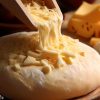

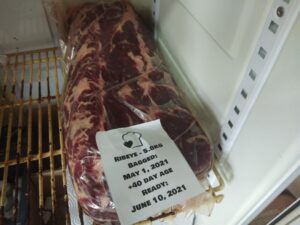
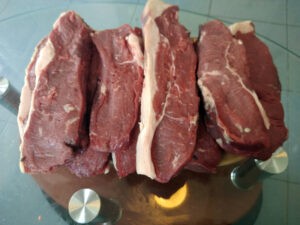
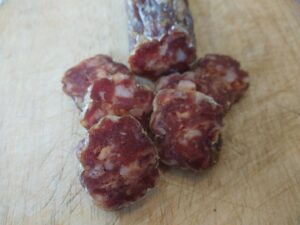

Add comment
You must be logged in to post a comment.